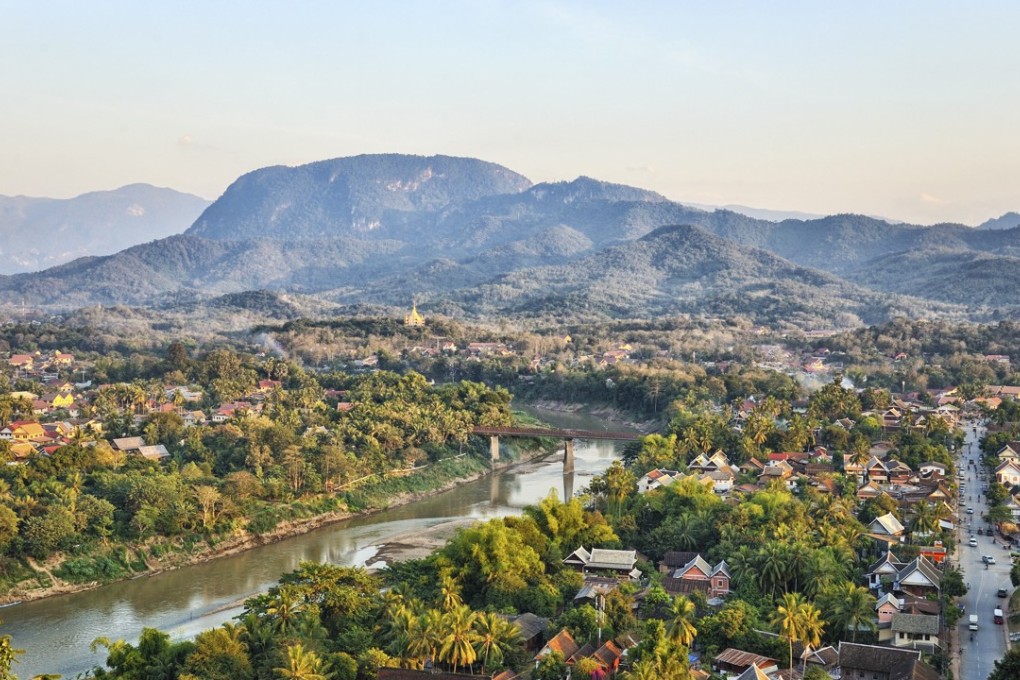Chinese tourist ‘invasion’ feared as high-speed Laos-China Railway will boost visitor numbers dramatically
Chinese nationals already make up about 11 per cent of visitors to Laos. When the railway is finished, that figure is expected to rise dramatically, bringing challenges and opportunities for the country

When Chinese low-cost retail chain Miniso opened a shop in June on Sisavangvong Road, the main thoroughfare of Luang Prabang, it was the talk of the town. Not because of its cheap cosmetics, toys and household items.
The shopkeepers had erected a flashing red and white neon sign; not unusual advertising bait elsewhere but forbidden in Luang Prabang, the royal capital of Laos until 1975 and a Unesco World Heritage Site since 1995.
“It was completely against Unesco rules,” says Georgie Walsh, general manager of Diethelm Travel (Laos). “For Diethelm, when we set up shop in Luang Prabang we had to have our sign made out of wood, and we had to use the colours black and gold.”

After a flurry of complaints were lodged with local authorities and Unesco officials, Miniso replaced the neon sign with a wooden one, notching up a small victory for preservationists and proponents of sustainable tourism, and offering possibly temporary relief for those fearing a “Chinese invasion”.
Trepidation about a huge influx of Chinese tourists into the small Southeast Asian country – with a population of just 6.8 million – was heightened last year when construction was started on the high-speed Laos-China Railway.
The 414km link joins Boten, on the Laos-China border, to Vientiane, the Laotian capital, with stops along the way at the ancient capital Luang Prabang and Vang Vieng, a hipster hang-out on the Nam Song River.